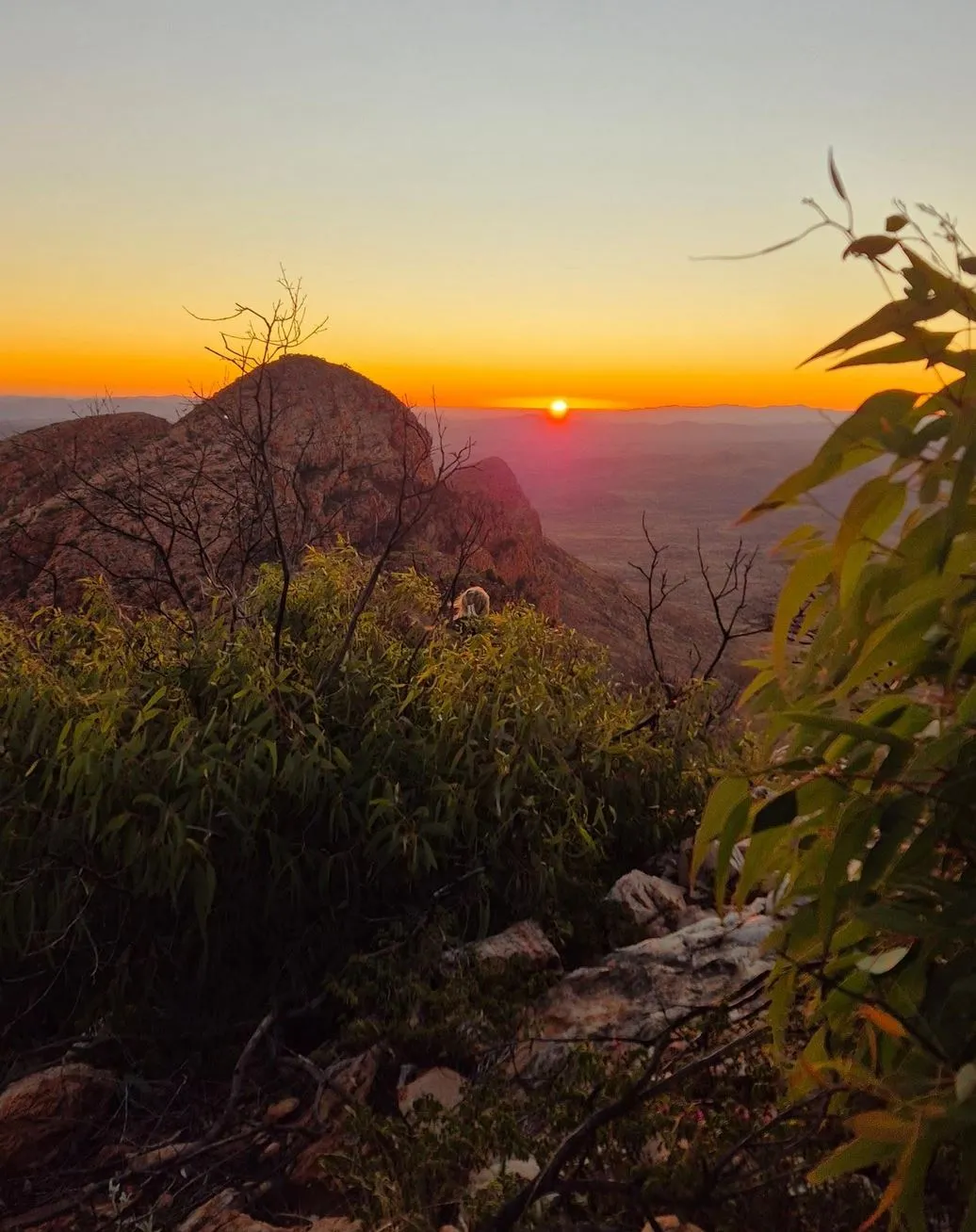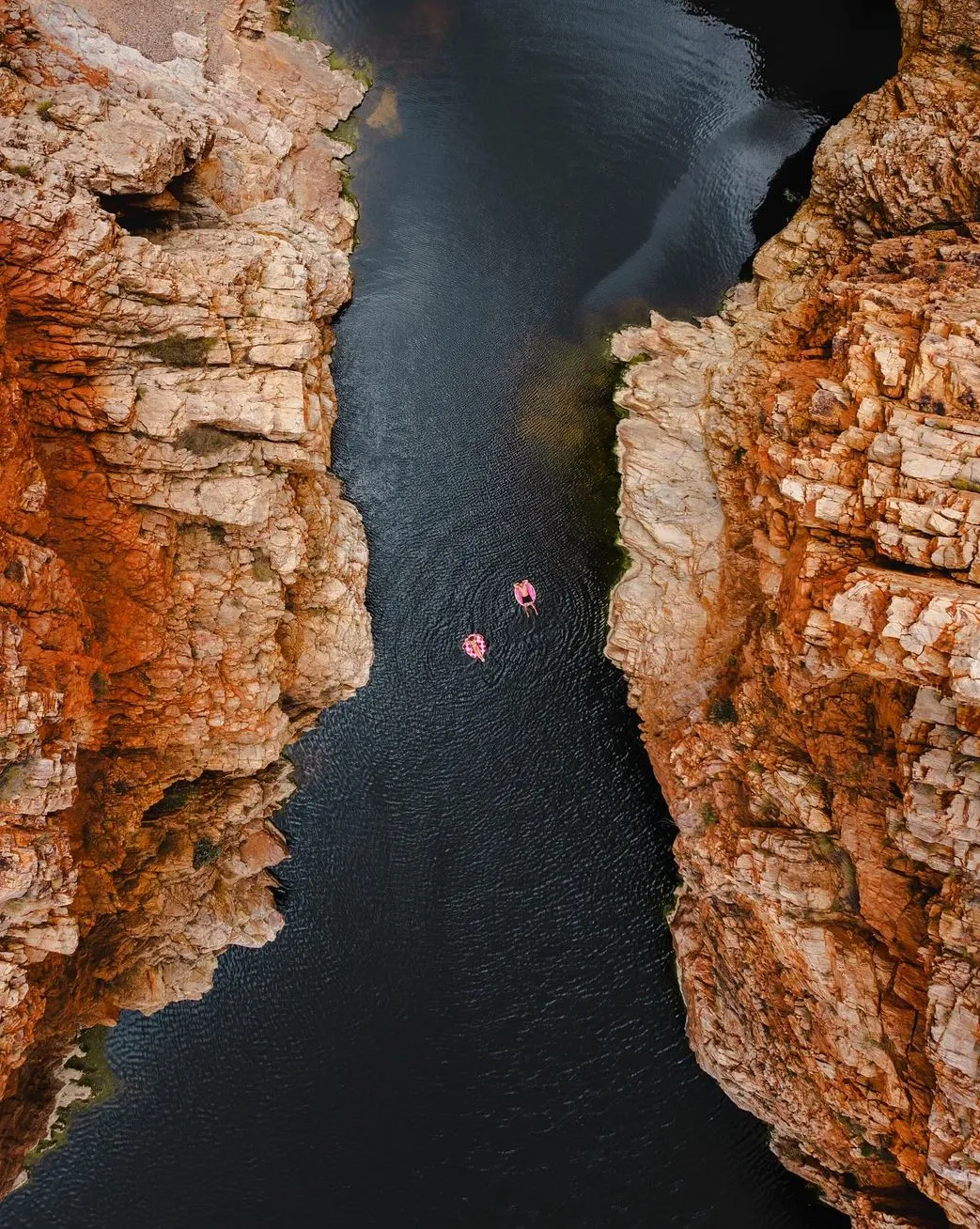Larapinta is a name that is loaded with historical, cultural and geographical significance in Australia. Most people associate it with the Larapinta Trail, a famous long-distance walking track in the Northern Territory, through the rugged landscape of the West MacDonnell Ranges. But why is it called Larapinta? This article explores the origin of the name, its cultural meaning and its connection to the land.
The Origin of the Name
The name Larapinta comes from the Arrernte (Aranda) language, the traditional language of the indigenous people of Central Australia. In Arrernte, Larapinta means ‘salt water’ or ‘flood water’. The term was used to describe the Finke River, one of the oldest river systems in the world, which runs through the area.
When European explorers arrived in the 19th century, they adopted the name Larapinta for the river and surrounding landscape. Today the name has been immortalized in the famous Larapinta Trail, which runs alongside parts of the West MacDonnell Ranges, and offers a stunning experience of the rough terrain and ancient landscape of Central Australia.


Cultural significance
For the Arrernte people the Larapinta (Finke River) is a sacred place. It’s an important part of their Dreamtime stories which tell the story of the rock formations, ridge lines and views of the West MacDonnell Ranges. The river and surrounding lands are home to sacred sites, songlines and historical meeting places for Aboriginal communities.
The name Larapinta not only acknowledges the language of the traditional owners but also reminds us of the Indigenous history and cultural identity of the region.
A Tribute to the Name
The Larapinta Trail was formalised in the late 20th century as a major hiking destination. It spans 223 kilometers (139 miles) from Alice Springs to Mount Sonder and goes through gorges, ridges and desert landscapes. Along the way you’ll pass through beautiful gorges like Ormiston Gorge, Standley Chasm, Serpentine Gorge, Glen Helen Gorge, Hugh Gorge and Inarlanga Pass.
This tough trail goes through Simpsons Gap, Euro Ridge, Redbank Gorge and Wallaby Gap and offers stunning views of the MacDonnell Ranges and Chewings Range. You can see the Alice Springs Ochre Pits, Gosse Bluff (a comet crater) and archaeological sites along the way.
With varied terrain including rocky, steep and rugged cattle country you’ll need walking poles, day packs and comfortable walking shoes. The tough trail is best suited for experienced walkers, but professional guides and community consultation ensure a safe and awesome experience.
Accommodation along the trail includes Glen Helen Homestead, Serpentine Chalet and Alice Springs Mercure where you can get a delicious dinner, fresh fruit and hot drinks after a long day of walking. Some campsites have hot showers, private reserves and sheltered gorges so you can be comfortable.
You’ll also see an abundance of wildlife including Black-footed rock wallabies while walking through mulga scrub and ancient pines.
FAQ
What does Larapinta mean?
Larapinta comes from the Arrernte Aboriginal language and means salt water or flood water. It was originally used to describe the Finke River, one of the oldest river systems in the world.
Where is the Larapinta Trail?
The Larapinta Trail is in Central Australia, 223km (139 miles) from Alice Springs to Mount Sonder through the West MacDonnell Ranges.
Is the Larapinta Trail for beginners?
The Larapinta Trail is a difficult trail due to the steep and rocky terrain and long sections. It’s best suited for experienced walkers, but with professional guides and walking essentials, you can do sections of the trail.
What are the must-sees along the Larapinta Trail?
Don’t miss Ormiston Gorge, Standley Chasm, Simpsons Gap, Redbank Gorge, Glen Helen Gorge, Hugh Gorge, Inarlanga Pass, and Serpentine Gorge. Alice Springs Ochre Pits, Gosse Bluff the comet crater and Razorback Ridge.
What accommodation is available on the Larapinta Trail?
Camping sites with hot showers to comfortable accommodation Glen Helen Homestead, Serpentine Chalet and Alice Springs Mercure. Some campsites have private reserves, sheltered gorges and homestead pools to relax after a day of walking.
